Cloud Gate Dance School (雲門舞集舞蹈教室) is not actually a dance school at all. Its aims extend far beyond teaching people to dance; in fact, according to the school’s director of research and development Hsieh Ming-fei (謝明霏), dance training is the least of her concerns. “It is about changing the physical culture of Taiwanese,” she said, speaking to the Taipei Times in a classroom at the school’s Guting branch. The school is celebrating its 15th anniversary this year, and has developed from being an oddity in the intensive education environment of Taiwan, to a hugely popular institution with students from age three to 73.
“When we were young, our education was very formal. Added to that, Chinese culture does not encourage physical contact, even between parents and children … As a dancer, even from a very young age, I became more comfortable with my own body and with physical contact, and I realized that physical communication is a very direct form of communication. Its expressive power can be much greater than words,” Hsieh said, a professional dancer who is now responsible for curriculum development at Cloud Gate Dance School.
“When I was young, people would often say ‘you dancers are very sui-bian (隨便),’ meaning that we hugged or kissed openly, but that really isn’t the point. Physical contact is a way of expressing love and concern for those you care about. Of course, things are changing now, but it is a gradual process. As dancers, we probably have a closer connection with our bodies than other people, and we wanted to share this knowledge with other people,” Hsieh said.
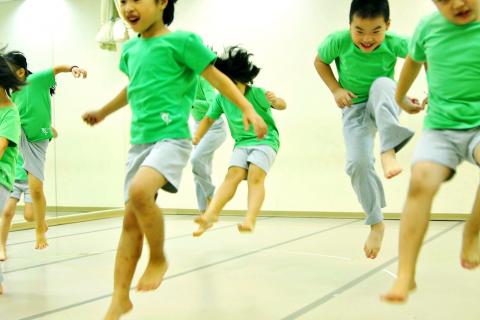
Photo courtesy of Cloud Gate Dance School
Cloud Gate Dance School has classes for children as young as three, and emphasizes that parents should participate in these classes, making them a mutual learning process. At the other end of the spectrum, there are classes for the elderly, teaching them to be more comfortable and more confident about their bodies. For young people, there are some more technical dance and martial arts classes that teach greater physical control.
“A lot of it is about confidence and the ability to relax,” Hsieh said. “When we joined Cloud Gate, even though we were already all grown up, we still needed Lin Hwai-min (林懷民, founder of Cloud Gate Dance Theatre) to tell us that we needed to present ourselves with confidence. Thinking back, it may be that Chinese culture over-emphasizes humility at the expense of confidence … It is a feature of Chinese culture that has both a good side and a bad side, and while we might be modest, it also makes us less able to express ourselves,” Hsieh said. For Hsieh, the primary aim of all the classes at the dance school is to redress that balance.
A particularly important part of what Cloud Gate Dance School tries to achieve is to develop a joy in physical activity and contact, and this is particularly apparent in children’s classes, which emphasize play. “We want to convey a joy in physical activity and contact with the physical world,” Hsieh said, pointing out to the use of all kinds of found props, including newspapers and cardboard boxes, which become valuable teaching tools as little kids find ways of making these into toys.
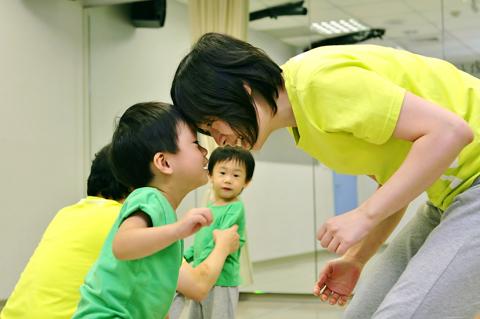
Photo courtesy of Cloud Gate Dance School
While most of the teachers at the school are professional dancers, Hsieh pointed out a terrible irony in Taiwan’s formal dance education that she finds particularly saddening.
“Formal education is such a high-pressure environment in Taiwan,” Hsieh said.
“Everything is about scores, and at dance school, the focus is in getting a good place at university … Many of the schools use really harsh methods to make sure their students progress, so much so that many students drop out of dance soon after they graduate. They have simply lost all their passion for dance.”
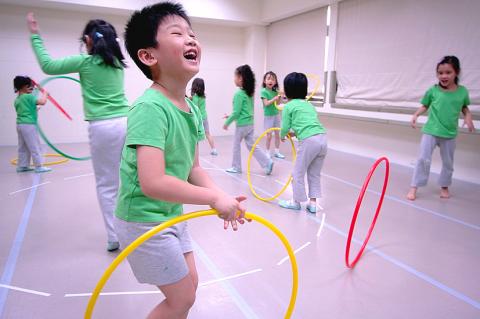
Photo courtesy of Cloud Gate Dance School
According to her mother, 14-year-old Li Ya-hsuan (李亞璇) might have stopped going to Cloud Gate’s dance class, as she considered the prospect of a junior high school workload. But Li, who aspires to be a professional dancer, told her mother that Cloud Gate was a “weekly boost to her passion for dance.”
“Dance encompasses all movement. As professional dancers, the simplest movement is part of dance. People need to understand that dance covers a huge spectrum, it’s not just ballet. Everyone can dance ... Children love to dance, and we want to preserve this passion into later life,” Hsieh said. As a result, technical achievement is much less a priority than spontaneous expression and a connection with one’s own body.
From its beginnings 15 years ago as a single class aimed at infants, Cloud Gate Dance School has completed a cycle of development that has seen vast changes in the community at large. “We now deal with a whole new generation of students and parents,” Hsieh said, “and our approach is constantly changing.”
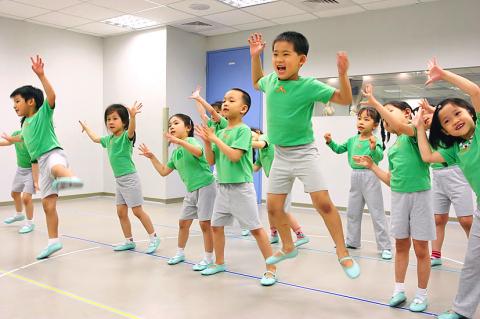
Photo courtesy of Cloud Gate Dance School
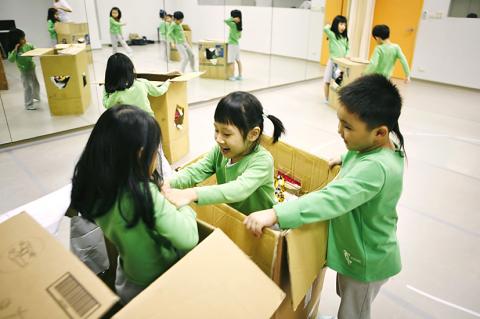
Photo courtesy of Cloud Gate Dance School

That US assistance was a model for Taiwan’s spectacular development success was early recognized by policymakers and analysts. In a report to the US Congress for the fiscal year 1962, former President John F. Kennedy noted Taiwan’s “rapid economic growth,” was “producing a substantial net gain in living.” Kennedy had a stake in Taiwan’s achievements and the US’ official development assistance (ODA) in general: In September 1961, his entreaty to make the 1960s a “decade of development,” and an accompanying proposal for dedicated legislation to this end, had been formalized by congressional passage of the Foreign Assistance Act. Two
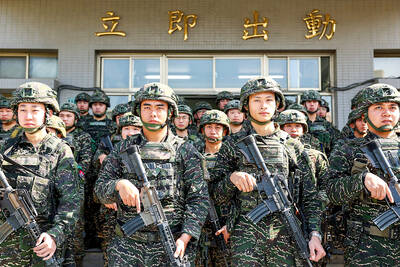
President William Lai’s (賴清德) March 13 national security speech marked a turning point. He signaled that the government was finally getting serious about a whole-of-society approach to defending the nation. The presidential office summarized his speech succinctly: “President Lai introduced 17 major strategies to respond to five major national security and united front threats Taiwan now faces: China’s threat to national sovereignty, its threats from infiltration and espionage activities targeting Taiwan’s military, its threats aimed at obscuring the national identity of the people of Taiwan, its threats from united front infiltration into Taiwanese society through cross-strait exchanges, and its threats from

Despite the intense sunshine, we were hardly breaking a sweat as we cruised along the flat, dedicated bike lane, well protected from the heat by a canopy of trees. The electric assist on the bikes likely made a difference, too. Far removed from the bustle and noise of the Taichung traffic, we admired the serene rural scenery, making our way over rivers, alongside rice paddies and through pear orchards. Our route for the day covered two bike paths that connect in Fengyuan District (豐原) and are best done together. The Hou-Feng Bike Path (后豐鐵馬道) runs southward from Houli District (后里) while the

March 31 to April 6 On May 13, 1950, National Taiwan University Hospital otolaryngologist Su You-peng (蘇友鵬) was summoned to the director’s office. He thought someone had complained about him practicing the violin at night, but when he entered the room, he knew something was terribly wrong. He saw several burly men who appeared to be government secret agents, and three other resident doctors: internist Hsu Chiang (許強), dermatologist Hu Pao-chen (胡寶珍) and ophthalmologist Hu Hsin-lin (胡鑫麟). They were handcuffed, herded onto two jeeps and taken to the Secrecy Bureau (保密局) for questioning. Su was still in his doctor’s robes at